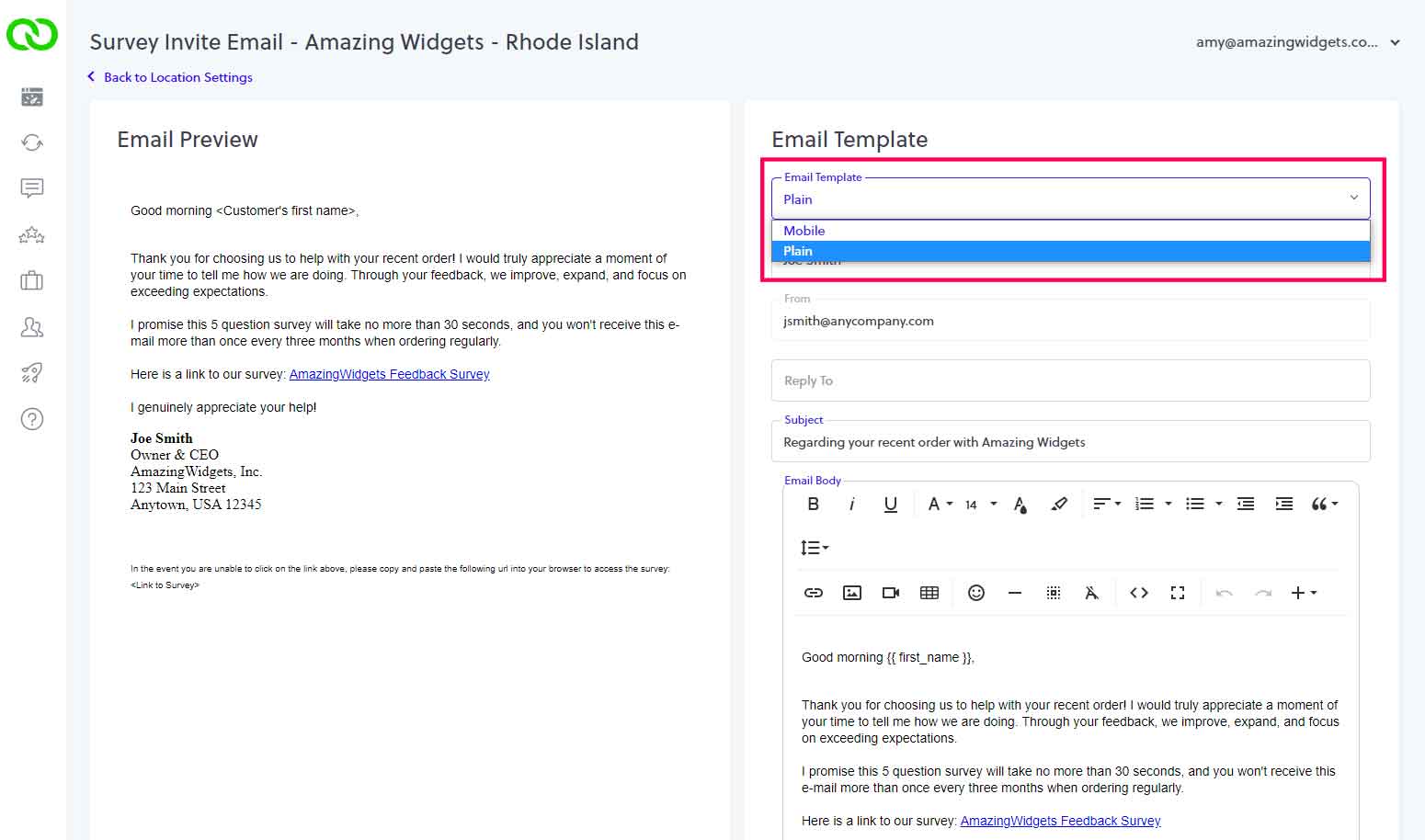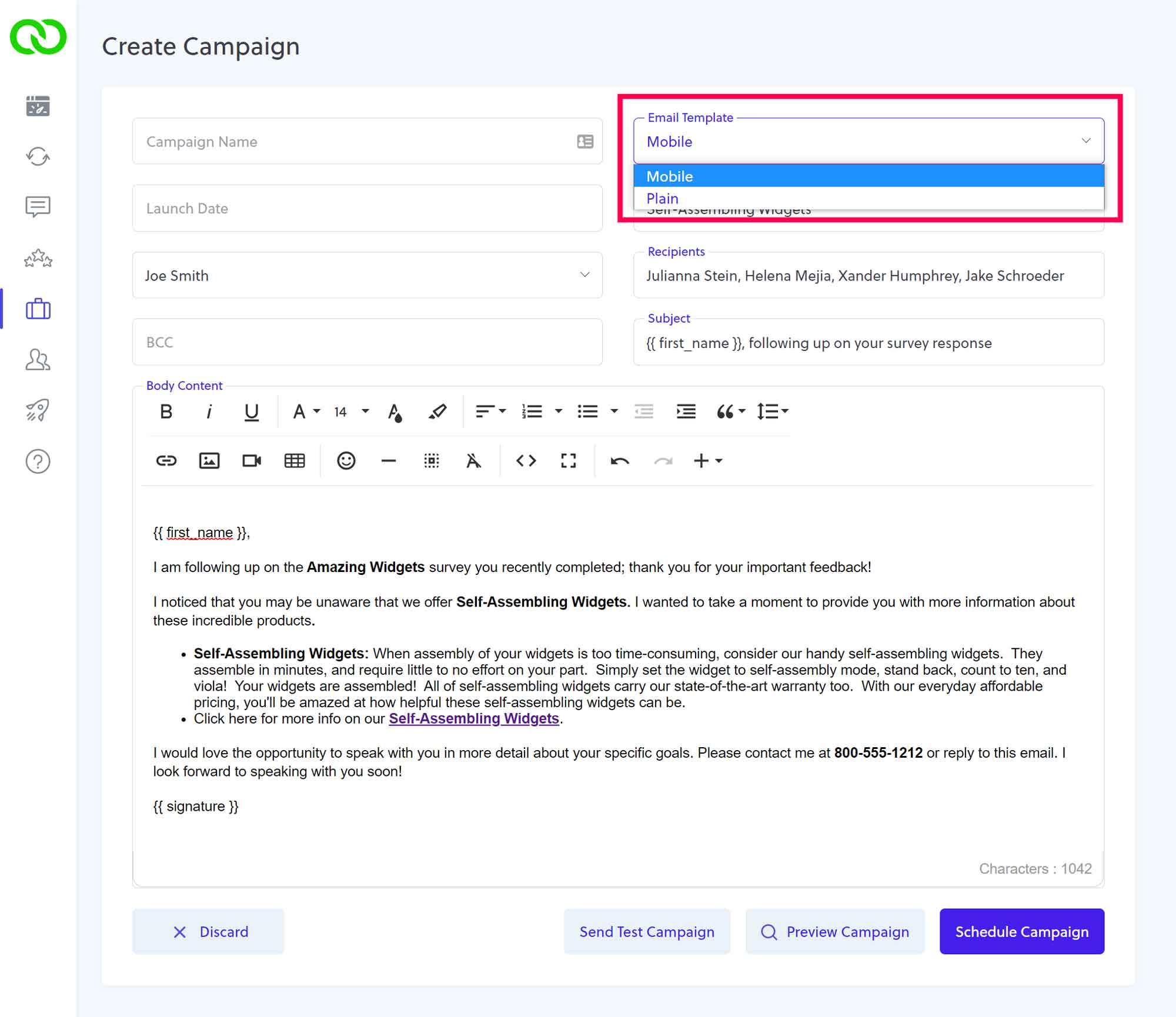June 2022
NEW - Mobile and Plain Email Templates
This month the team has released a new feature available in all plans of LoyaltyLoop. Now, you can choose between two email template styles, when configuring the emails LoyaltyLoop sends to your customers. You can select the email template styles for these 4 emails: (1) Survey Invitation Email, (2) Survey Reminder Email, (3) Reviews – Follow-Up Email (Promoter plan), and (4) Campaign emails (Promoter plan).
When you land on any of the 4 emails mentioned above, you’ll see a new choice in the email attributes called “Email Template”. You have the option to select either the “mobile” or “plain” email template. Below, you can see the new option in the Survey Invite Email, and when composing a Campaign email.
The "mobile" email template is, and had been the default setting. This template is designed to handle text, images and graphics, and still render on all devices. Since many email clients are finicky when it comes to rendering graphical HTML emails on various devices, particularly on narrow devices like phones, the “mobile” template limits the email body to a narrow width, with gray sidebars that expand in width depending on the the device. This is the typical approach used to send HTML emails, as it renders the body content on all devices.
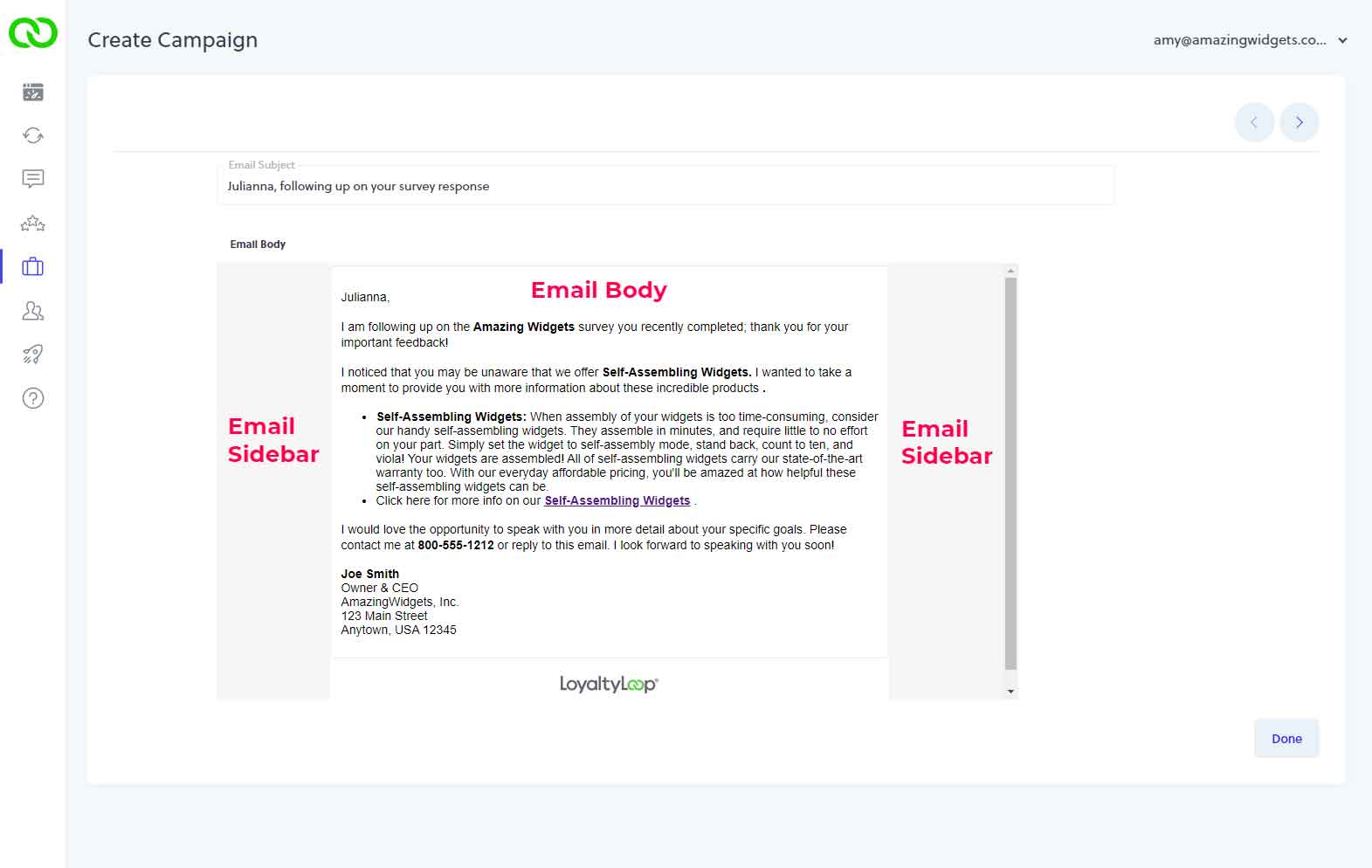
If you want your emails to look like a basic email like the ones you compose and send from your email client software, use the “plain” template. The “plain” template has no special formatting, and no gray sidebars. The body sits in a white background, just like most email software. It will still render beautifully on mobile devices, just like any other plain email you might send to a customer from your email software. But remember, if you want to include images and graphics in your LoyaltyLoop emails, use the “mobile” template.
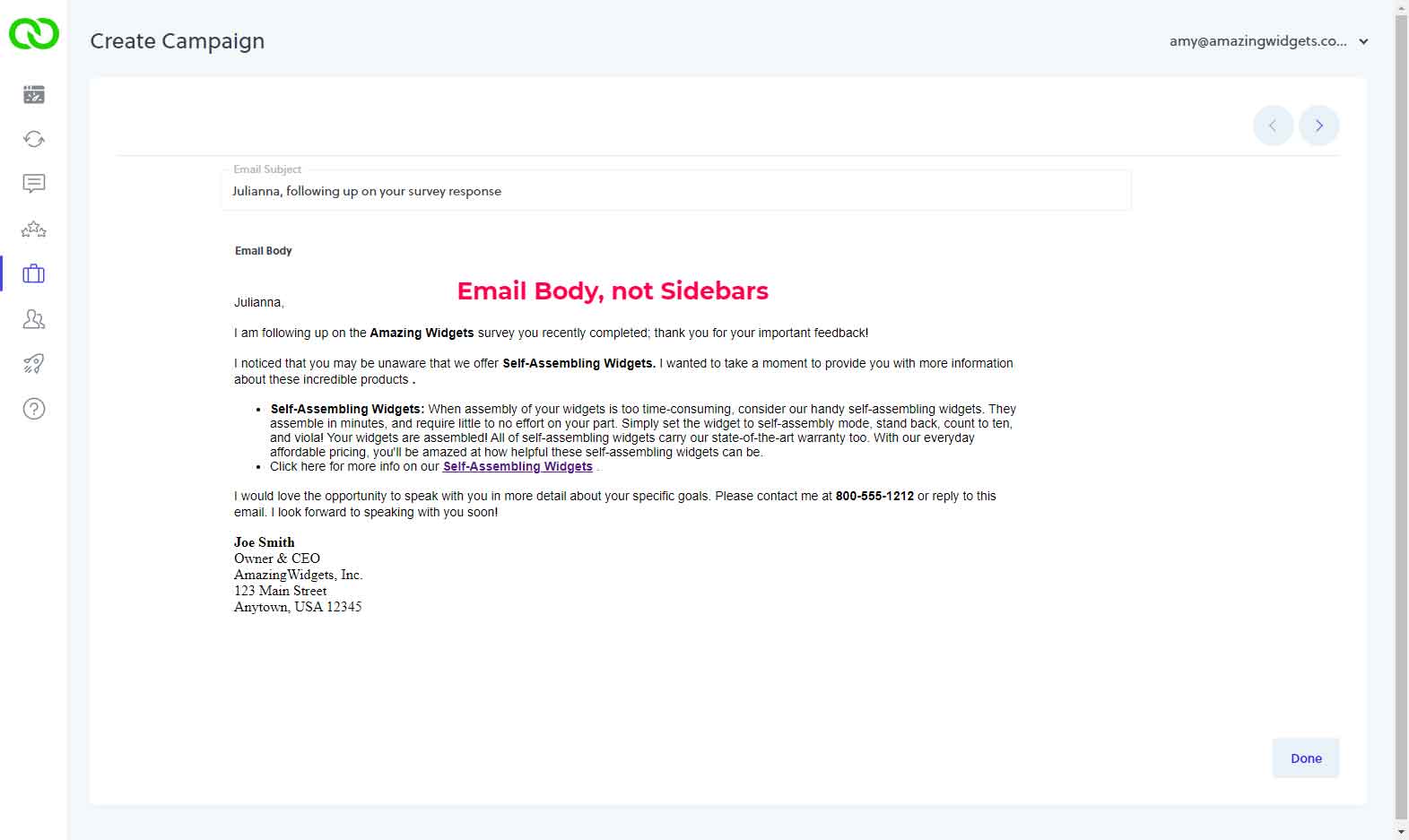
Close the Experience Gap Between You and Your Customers

Photo by Alex Radelich on Unsplash
Nobody likes to be blindsided. You can find yourself unprepared when some unexpected piece of information comes at you that changes how you work or sheds light on an expensive error made months earlier, such as over-stocking or employee training mistakes. Information that shows itself out-of-the-blue is a symptom of having a Customer Experience Gap.
The Customer Experience Gap is defined by AnswerLab as:
“…a gap between a product experience for underrepresented users and dominant culture users.”
In other words, it’s the gap between how a business owner believes things to be versus how they really are. You may prepare for seasonal sales growth in one area of your business not realizing another sales category has been growing the entire time you’ve been focused on the first. Or, you may assume all your customers are having the same experience when they interact with you, but an entire segment isn’t at all.
When your business is young, you know all of your customers and you know all the moving parts, but as you grow with each subsequent success, having that awareness of each customer’s needs and experiences becomes impossible. You slowly shift to working at the macro level to ensure your team can handle each of your customer’s needs. And this is where the gap widens.
This isn’t a call to micro-manage, but instead a way of ensuring you effectively plan for a surprise-free future.
The very nature of LoyaltyLoop helps you close the customer experience gap, by ensuring your customers’ experience is consistent when they interact with your business, such as making a purchase. The process of engaging your customers for ongoing feedback, arms you, your managers and staff with the knowledge of how your customers experience your business. In the past as your company was growing, you may have known these things inherently by managing every customer interaction. But in the normal course of developing your business, at some point you become reliant on others to manage the customer interactions. When this occurs you will create a customer experience gap, and you need tools like LoyaltyLoop to close the gap.
Here's a specific example. Let’s say your customers’ primary interaction is with your sales reps. If a customer is having a poor experience, the sales rep may not always know this. Why? Well, sometimes the sales rep could be part of the poor experience, and the customer is reluctant to tell him/her this. You can use LoyaltyLoop to view customer feedback by sales rep, to look for possible issues, by leveraging Feedback by Filter.
Feedback by Filter allows you to slice key customer experience (CX) metrics, like your NPS score, by sales rep to help you see any customer experience variation. Since each rep is the primary interface with the customer, you may hope all customers have the same high level of experience, but may not. You may discover you have sales reps with customer 's who rate your company with lower NPS scores than other customers managed by other reps. Clearly these customer’s experience is not as ideal as your other customers. This becomes an opportunity to find out what is happening and ensure customer experiences are consistent no matter who their rep is. This is an opportunity to make sure all of your reps are working for your customers according to established guidelines, or perhaps your best performing sales reps can provide educational assistance to those who don’t perform as well.
Another way LoyaltyLoop can help reduce surprises, and close the customer experience gap, is by keeping you aware of what your customers want.
Visit the Feedback by Question section in your account. Have a look at the results of the 'Other Services' question. This question asks your customers which of your other products or services they may be interested in.
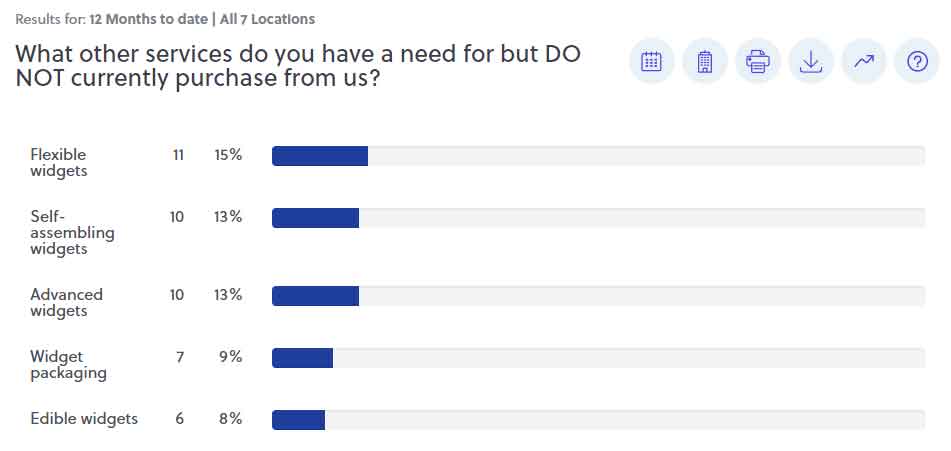
LoyaltyLoop - Feedback By Question - "Other Services Question" (Promoter Plan subscribers)
This chart can help you look for trends that you can prepare for. Adjust the date range to affect the data to see how items change over time, perhaps quarter by quarter or month by month. What was popular a year ago this month, versus what is popular this month, for example. Compare to what is selling now. Knowing how this chart compares to your expectations, can help you identify what product gaps need to be closed.
In your business, surprises are often not good, and discovering and closing a Customer Experience Gap can mean the difference in effective customer retention and effective budgeting. LoyaltyLoop provides feedback tools that allow you to seek out these gaps and close them up before surprises turn into lost customers and lost revenue.
The Importance of Google Reviews: Part 11
Why Google Reviews Matter - SEO, online presence, overall marketing
Google reviews themselves are one piece of the Google Business Profile system, which is one piece of Google’s search engine platform. But why is that significant? The reason being, all three are connected.
Understanding the world of Search Engine Optimization (SEO) is the new frontier for many modern day marketers. SEO is the system embedded in search engines dictating what sites will populate in a user's search engine results pages, or SERPs. It’s the system that determines whether your business will show up in search results, or stay buried in the sea of unknown websites and content.
This ranking system is dependent on a myriad of different factors. Based on that ranking, you could be one of the first three businesses to show in a search result, or you could be so low on the algorithm that you’ll never get seen at all. Your Google reviews and your overall Google Business Profile play a significant role in SEO.

Photo by Myriam Jessier on Unsplash
SEO Optimization
The more Google reviews you can generate, and the frequency at which you generate them, the better your SEO will be. More reviews coupled with a higher review rating will increase user clicks to your website. The more clicks you have to your site; the higher Google will rank your site among others in the same industry.
“Not only do your Google reviews let the robots know what your site’s all about, but your customers can even fill in gaps that your website’s content may have missed” (1SEO, 2019).
Even the content written in these customer reviews matters. If certain search terms are written in a customer's Google review, this can increase SEO, creating better likelihood of your website and Google Business Profile showing up in user search results.
Optimizing your Google Business Profile page for SEO is critical to maximize your online presence. Some examples of this would be including your services, website link, address, and phone number. As a general rule, the more information you provide, the better your SEO results will be.
One last key piece to maximizing your SEO and generating the best traffic to your business profile is to generate new reviews. Customers coming across your profile take into account how recent the reviews on your Google page are. It’s a way of communicating that your company is still relevant and active. Just like outdated content doesn’t help your business, neither does relying on multiple year-old reviews. Managing your online presence and generating Google reviews is an ongoing process just like running your business, but the returns are well worth the investment.
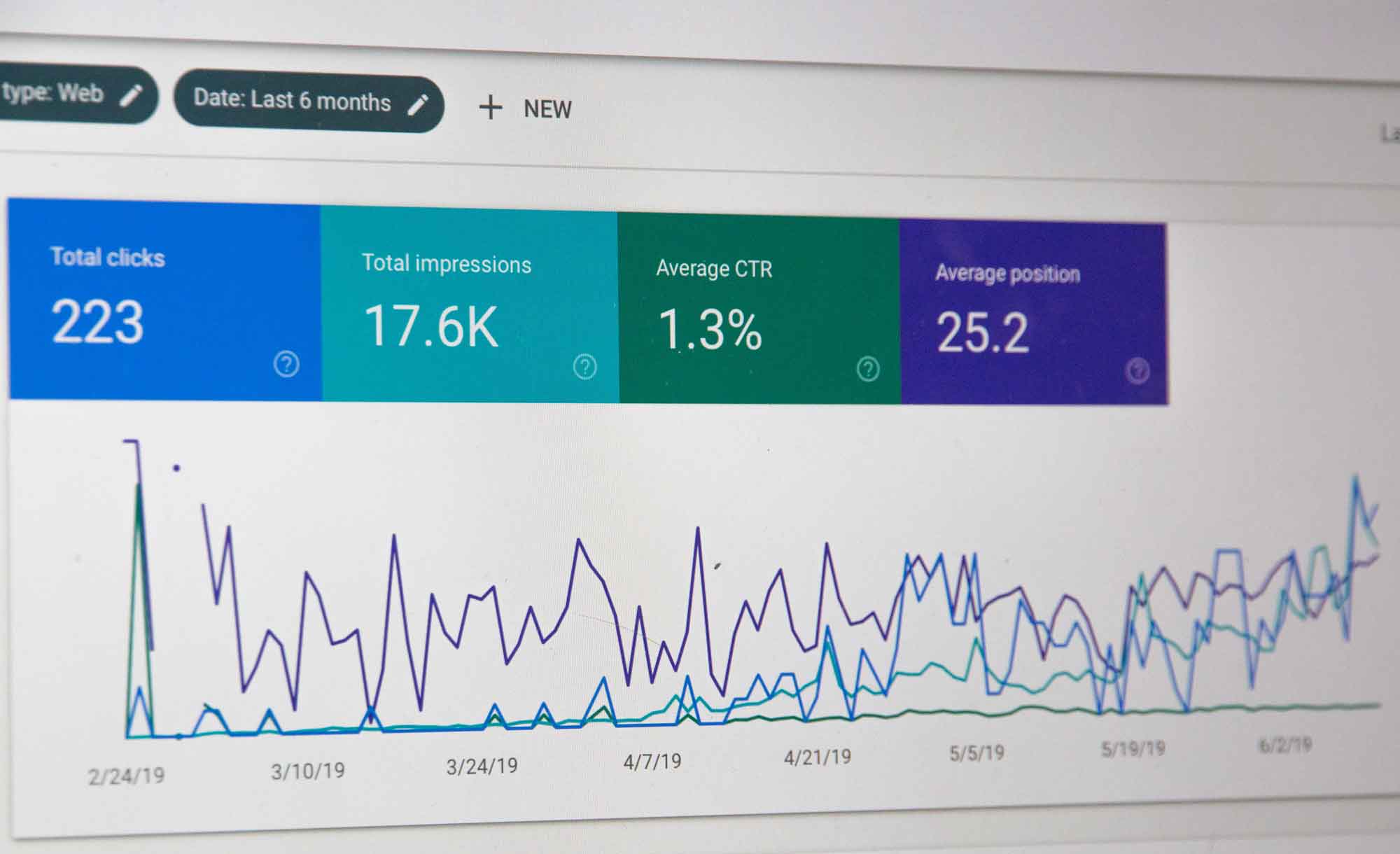
Photo by Stephen Phillips - Hostreviews.co.uk on Unsplash
Google Analytics
Understanding just how valuable Google reviews can be to your business will serve you well. When a customer reads a review, this sets a benchmark for their expectations. A poor review will leave them with the expectation that they too will be poorly served whereas a positive review gives them a concrete expectation that they can trust your business, giving them the confidence to move forward with a potential purchase.
Creating the expectation of customer success by having a former customer of yours vouch for your business is an incredibly powerful marketing tool. Gathering Google reviews provides you with an opportunity to further spread that same message. Many businesses nowadays implement the strategy of posting Google reviews to other platforms online. This could be a dedicated section or page on their website or even content used for their social media channels.
Finding different ways to maximize the spread of Google reviews is a very resourceful way to increase your online reputation. Piecing together your SEO, online presence, marketing efforts, and continuously generating current reviews, are a surefire way to develop your business for the long haul.
The Importance of Google Reviews: Part 12
The Conclusion
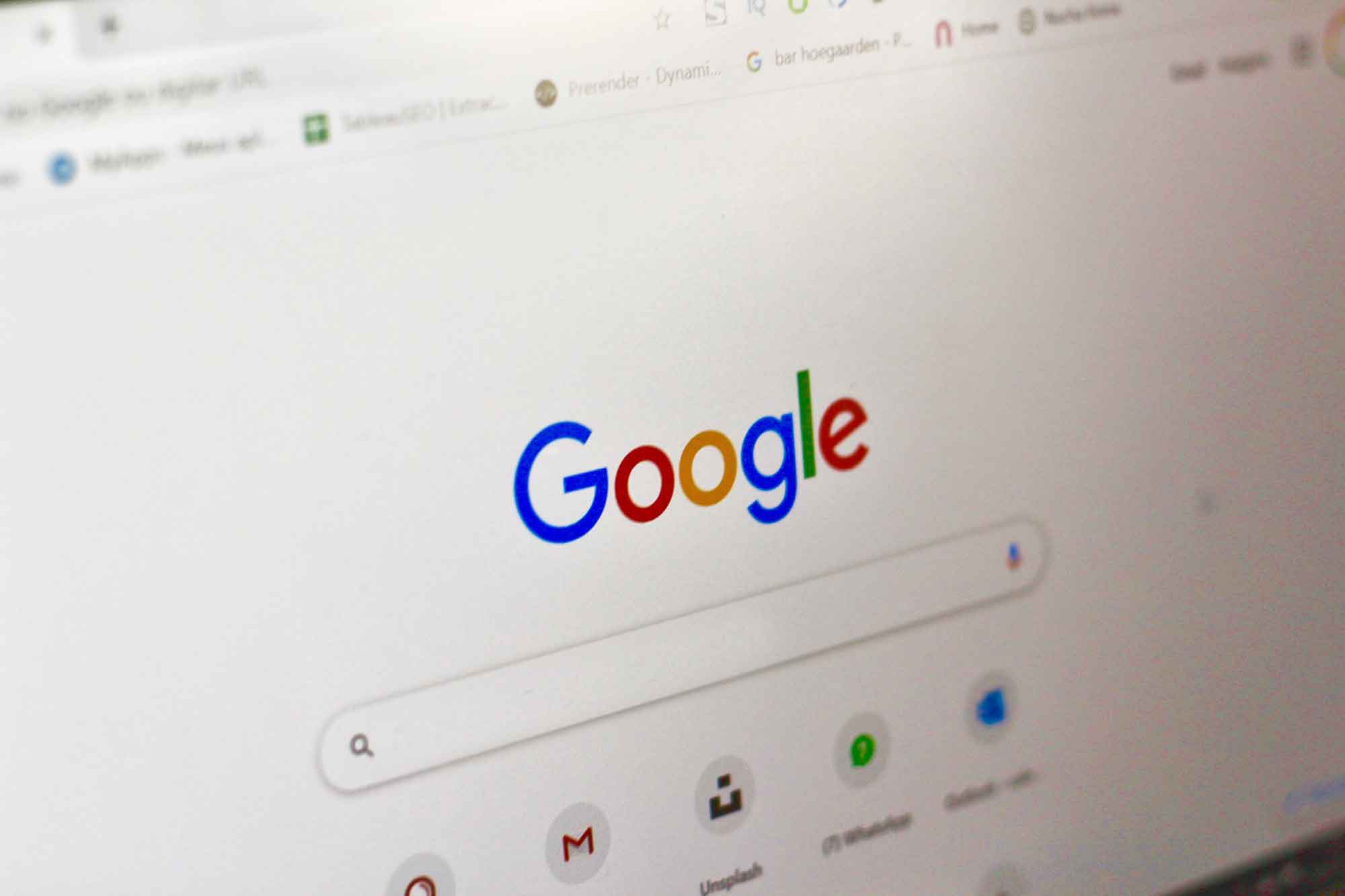
Photo by Nathana Rebouças on Unsplash
The world of online reviews has developed significantly since they first emerged in 1999. Of the major players, Google has emerged as the leader in this space.
Due to the development of Google Business Profile, and the power Google wields relative to all matters business-related on the Internet, they are poised to dominate the business review world for years to come.
Getting great customer reviews frequently over time is one of the best long-term strategies for creating success online for your business.
As a result, developing a strong online reputation is more important than ever if you want your business to succeed. Google reviews are now the gateway to that success.
